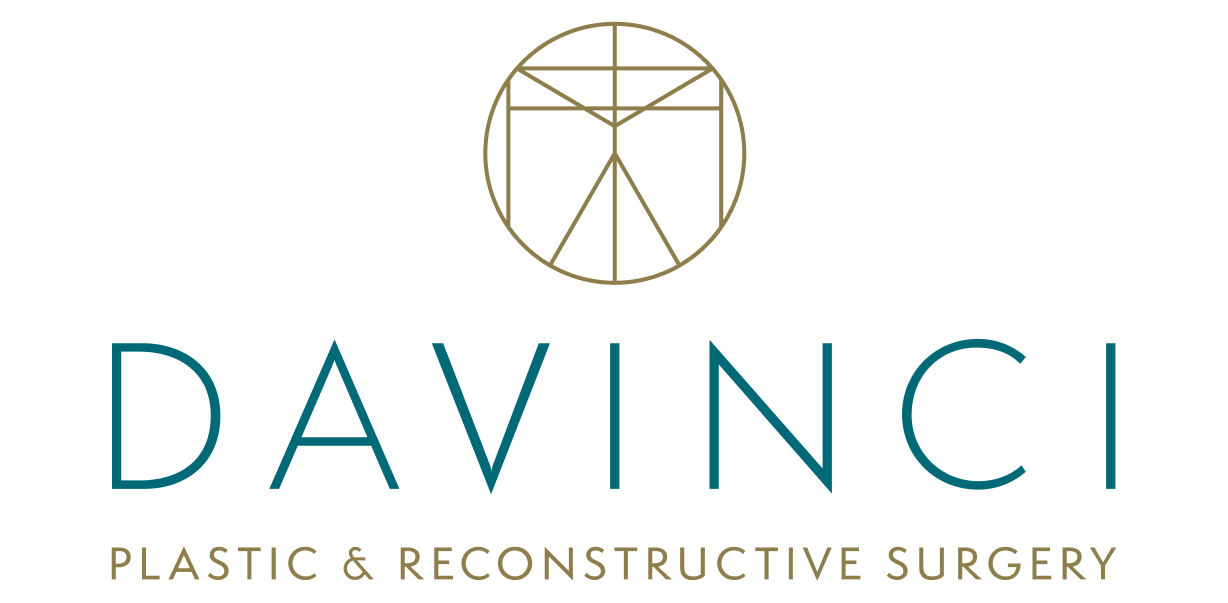Posted October 28, 2018 in FaceLift Surgery, Facelifts
3 minute read
A Facelift is a well thought through investment. Knowing how to care for the investment leads to its ultimate success and your happiness with the results. In our post operative preparation consultation, you will be given details on the proper care during your Facelift surgery recovery. Today I’ll cover some of that process and the recovery timeline.
The First Week
A helpful companion should be with you from the time you’re out of surgery until at least the first 24 to 48 hours. They can help remind you of care instructions, ease you into the routine, and look after you in the initial period of getting used to recovery.
You shouldn’t be in a lot of pain because the medication will help with that, although you might feel some nausea or fatigue. Proper incision care should help the stitches to not feel itchy. Don’t be alarmed that your swelling and bruising will seem to get worse on day 3 or 4 before it starts to get better. Also, healing doesn’t always happen equally on both sides of the face, so one side may stay bruised or swollen a little longer than the other. Be sure to report any fever or unusual bulges. We’ll check everything to make sure its healing well when we have our 1 week follow up appointment to remove any staples.
You may feel well enough to move around the house a little bit after a day or 2, which is good for circulation, but during the first week you’re taking it real easy. It’s a good time to catch up on your audio books, movies, scrapbooking, organize the junk drawer or other light household chores.
Second Week
You’ll start to see some real progress in the healing during the 2nd and 3rd weeks, even though there will still be bruising on the face and neck, and likely around the ears and eyes. You will probably feel well enough for an outing, but its ok to want to stay out of the public eye until the bruising and swelling further resolve. However, if you’re getting cabin fever and must go out, there are clever makeup tricks to cover the bruising up to the edge of the incision.
It’s important to have some mild activity throughout the day to help with circulation, so do not stay on bed rest. Keep yourself moving by taking a short walk if the weather is cool enough, by doing some light housework or organizational projects. Healthy circulation will help your healing, but more movement isn’t necessarily better. Avoid overexertion or any strenuous activity.
It’s normal to feel strange sensations, such as tingling or burning as the nerve endings are firing off. It’s also normal to have numbness or not have any feeling in the area yet. More than likely you’ll feel some tightness for a while. These effects are still the very early stages of Facelift recovery. Next blog will continue into the later stages.
Steven Davison M.D.
Board Certified Plastic/Reconstructive Surgeon







